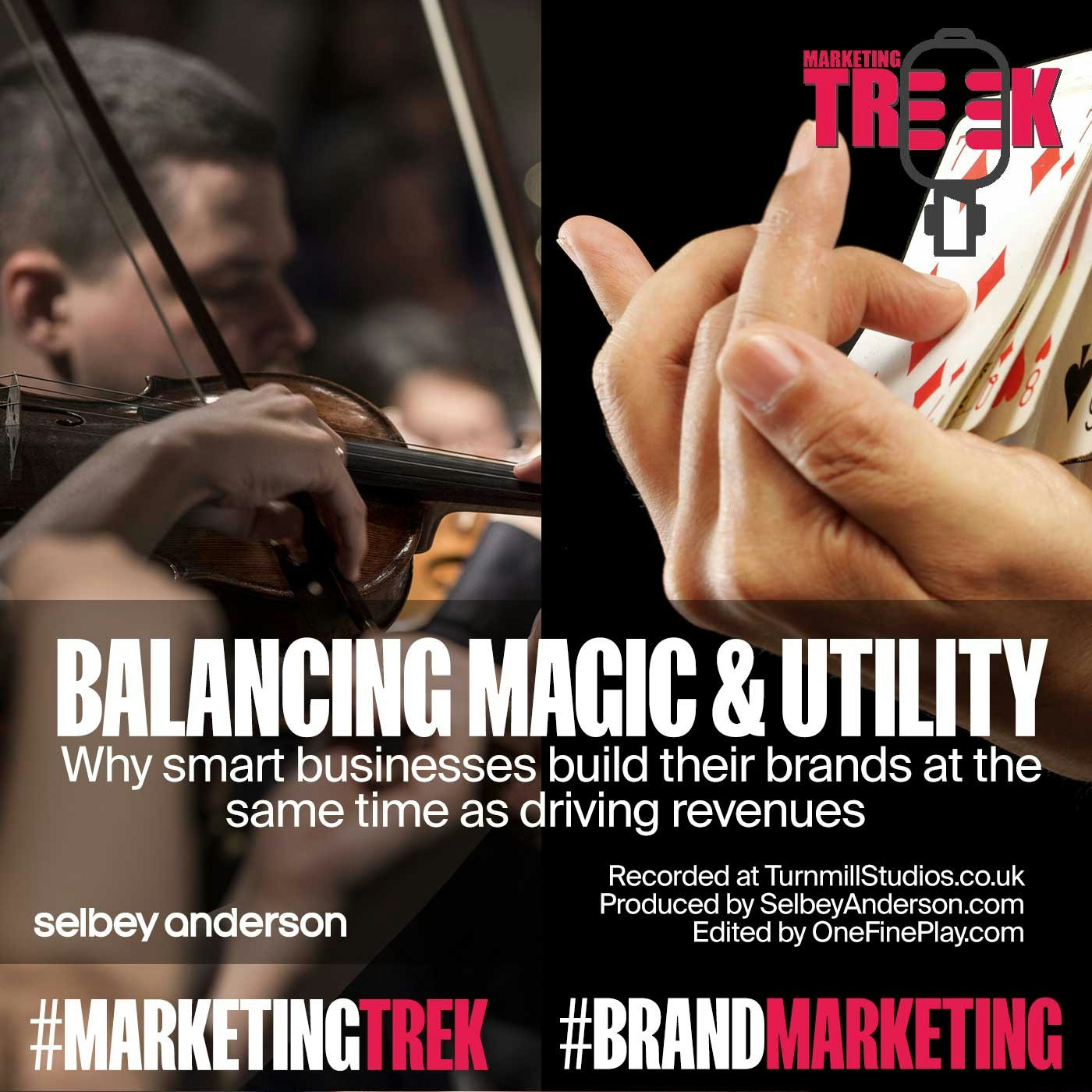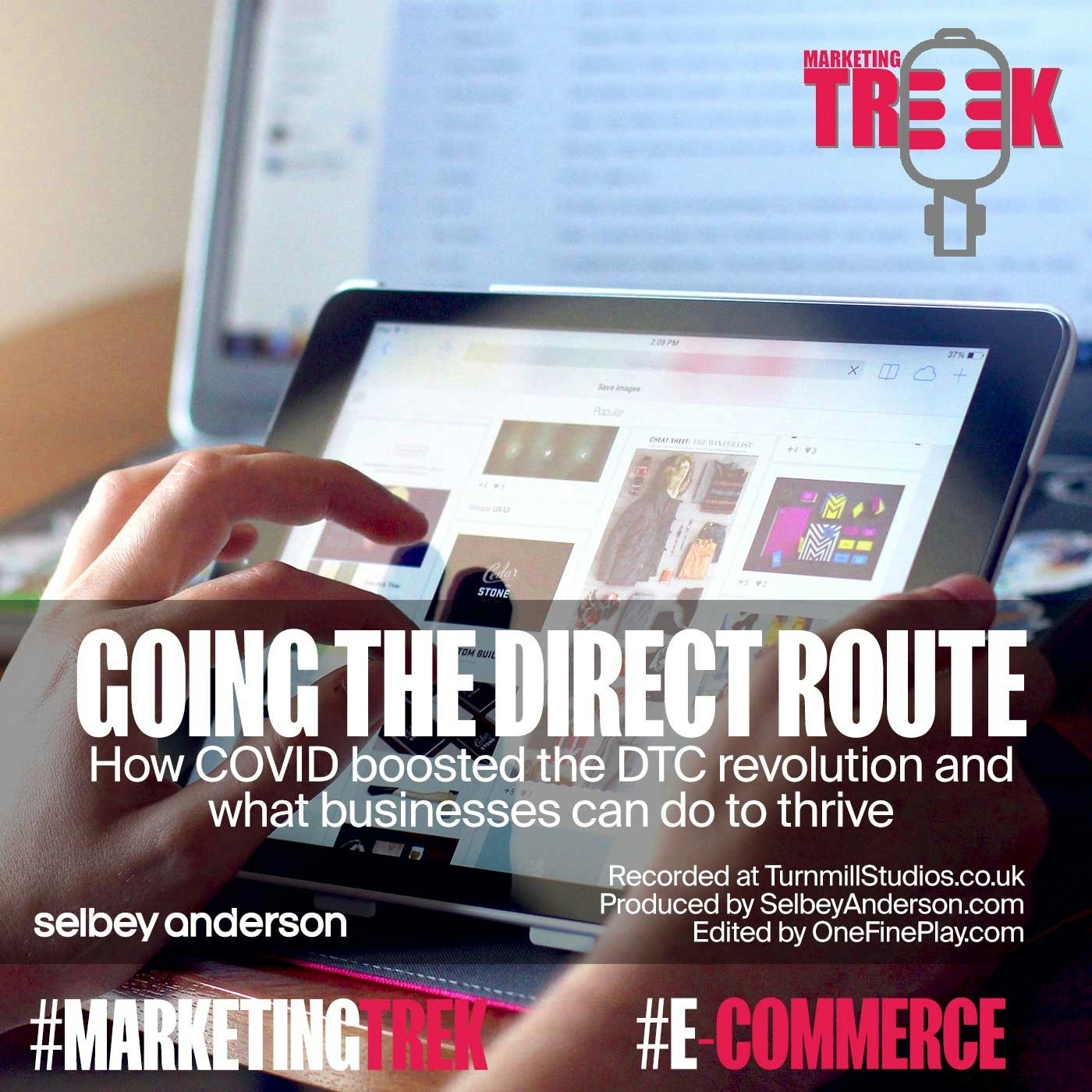Are you one of those lucky few whose company has a financially quantified value proposition? If you are you’d certainly know it as you’ll be closing more deals (typically between 2% and 10% more), your sales cycle will be reduced (by between 10% and 25%) and you’ll have seen the number of occasions where you had to offer price discounts go down too (by between 20% and 30%).
As I said, lucky you. For the estimated 95% of those whose marketing department can’t offer them this notably competitive advantage, then they may soon be in luck too, because the venerable Professor Malcolm McDonald (together with a colleague, Grant Oliver) has written a new book on the subject.
Would Richard and Judy pick it for their book club? I think not
With the snappy title, ‘Malcolm McDonald On Value Propositions – How to develop them, how to quantify them’, their book is not about to become a Richard and Judy Book Club Pick any day soon, but it might be worth reading if your existing tactic – desperately trying to avoid selling on price alone but failing miserably – is beginning to wear thin. As it should.

The authors argue, and in a pretty compelling way, that if your present gross margin is 25% and you cut your price by 10% then you’ll have to sell 66% more goods just to break even. It’s a beguiling if not slightly depressing table in their book.
Professor McDonald. 45 books and still going strong
Now aged 80, Professor McDonald is the author of over 45 best selling marketing books and sits on umpteen academic advisory boards. His early work did much to promote the advantages of key account management and this latest book further builds on that body of academic work. However, unlike his earlier books this one is pretty slim (unless he’s feeling his age) but it still packs a punch and is full of very useful tools and checklists.
Yes. But what is it?
So what actually is a financially quantified value proposition? Well, in true academic style, its something essentially commonsensical if only we’d had the time to think it up (what with having to hold down a full time job rather than have ‘long vacs’).
In essence, the authors argue that as it’s ‘the supplier’s job to quantify the value they offer, not the buying organisation’ then it behoves you as the supplier (my words not theirs but I’m trying to be more high brow), to ‘prove that dealing with you will create advantage for your customer, not merely help them to avoid disadvantage’.
As I said, this is common sense really but as the authors point out, it’s incredibly hard to do, which is why 95% of us don’t bother. But we really, really should. Those with a FQVP find that it gives them significant advantages over their competitors. And not just financial ones but non-financial too, such as improved customer relationships and customer referrals.
And now for a formula
The authors have even created a formula. This reads as
Sales Velocity = (1) Number of leads x (2) Closure rate (%) x (3) Average Deal Size (£) _______________________________________________________
(4) Sales Cycle (months)
Their definition may be easier to understand. This reads as ‘The translation of the supplier’s offers into monetary terms and the demonstration of their contribution to the customer’s profitability’.
By now many of you may be screaming, ‘but that’s so…obvious’. Well, yes, but it's still devilishly difficult to put into practice. We at Selbey Anderson are going to have a damn good go at it. We’ll keep you posted on our progress.
Buy it now
‘Malcom McDonald On Value Propositions – How to develop them, how to quantify them’ by Malcom McDonald and Grant Oliver. Kogan Page. ISBN 978 0 7494 8176 6




